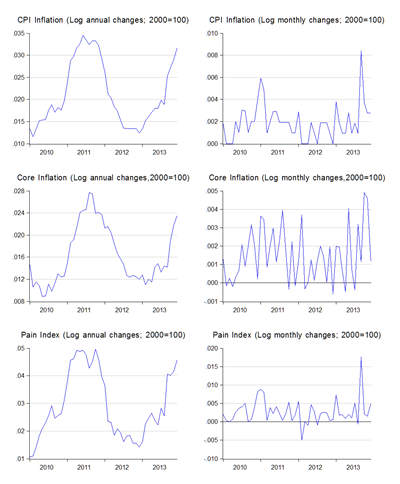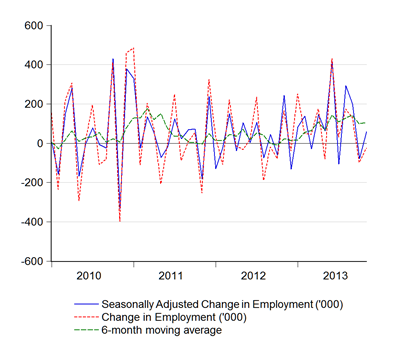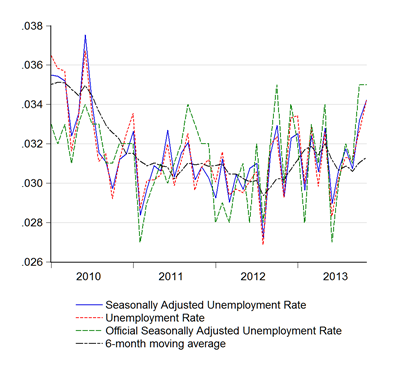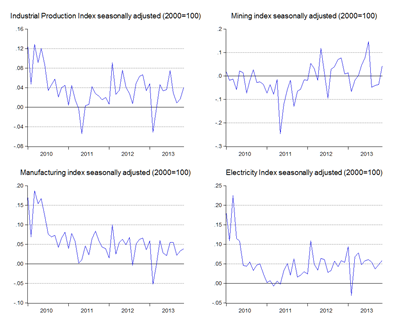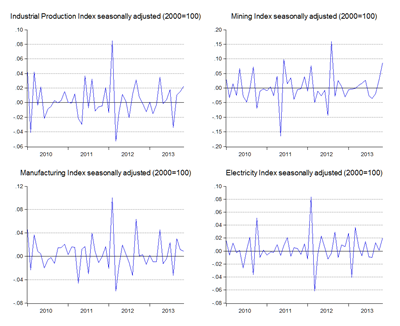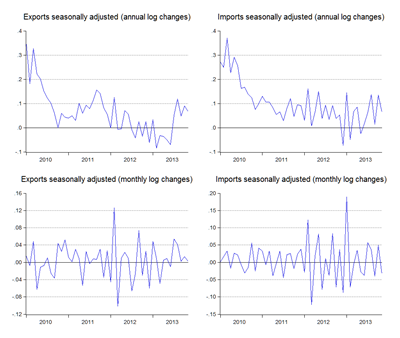Surprise, surprise…not (excerpt):
At the Monetary Policy Committee (MPC) meeting today, Bank Negara Malaysia decided to maintain the Overnight Policy Rate (OPR) at 3.00 percent….
…In recent weeks, shifts in global liquidity have resulted in increased volatility and uncertainties in the international financial markets….global economic and financial conditions remain vulnerable to shifts in sentiments and heightened volatility in the international financial markets.
